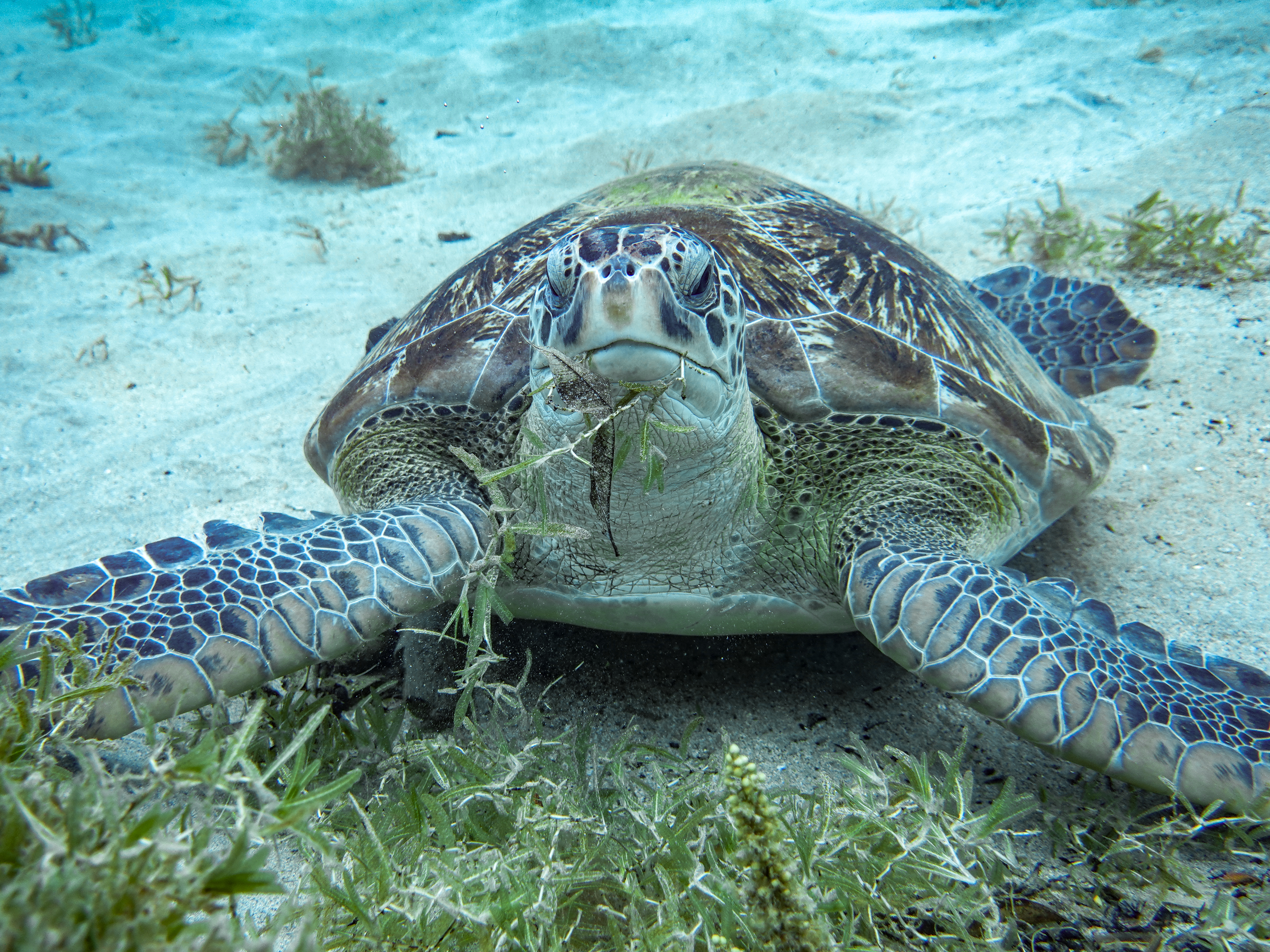Demography of endangered juvenile green turtles in face of environmental changes: 10 years of capture-mark-recapture efforts in Martinique
Demography of endangered juvenile green turtles in face of environmental changes: 10 years of capture-mark-recapture efforts in Martinique
Lelong, P., Besnard, A., Girondot, M., Habold, C., Priam, F., Giraudeau, M., Le Loc’h, G., Le Loc’h, A., Fournier, P., Fournier-Chambrillon, C., Bustamante, P., Dupont, S.M., Vincze, O., Gros-Desormeaux, J.-R., Martin, J., Bourgeois, O., Lepori, M., Régis, S., Lecerf, Nicolas, Lefebvre, F., Aubert, N., Frouin, C., Flora, F., Pimentel, E., Pimentel, M., Siegwalt, F., Jeantet, L., Chambault, P., Hielard, G., Arqué, A., Arthus, M., Louis-Jean, L., Brador, A., Giannasi, P., Etienne, D., Lecerf, Nathaël, Chevallier, P., Chevallier, T., Meslier, S., Landreau, A., Maceno, M., Larcher, E., Le Maho, Y., Chevallier, D., 2024. Demography of endangered juvenile green turtles in face of environmental changes: 10 years of capture-mark-recapture efforts in Martinique. Biological Conservation 291, 110471. https://doi.org/10.1016/j.biocon.2024.110471
Estimating demographic parameters is key for unraveling the mechanisms governing the population dynamics of species of conservation concern. Endangered green sea turtles navigate vast geographical ranges during their life cycle and face various pressures in coastal areas, especially during their juvenile life-stage. Here, we investigated survival, abundance, recruitment and emigration of juvenile green turtles on two developmental grounds in Martinique, French West Indies, using a capture-mark-recapture dataset of 658 captures over 10 years. We detected increasing abundances of green turtles, likely attributed to the continuous recruitment of new individuals, low mortality and low rate of emigration from these two developmental sites. Local recruitment slightly decreased with small turtle densities while emigration strongly increased with large turtle densities. These results associated with known food availability and size-dependent diet preference of local green turtles suggest that the expansion of invasive seagrass H. stipulacea may facilitate the settlement of small juveniles, however it also limits the capacity of seagrass beds to sustain large juveniles. Boat anchorage, pollution and Halophila stipulacea invasion reduced the availability of native seagrass species. This could intensify competition between large turtles, trigger earlier emigration, therefore modifying the structure of the green turtle population in Martinique. Measures to protect native seagrass beds are essential to maintain their capacity to sustain the entire green turtle developmental life-stage. This study will help to connect sea turtle life-stages and to inspire efficient regional conservation measures. Finally, our results will help to understand the demography of endangered megaherbivores in context of grazing areas degradation.
BOREA contact:
- Lelong Pierre, lelongpierre53@gmail.com
- Chevallier Damien, damien.chevallier@cnrs.fr
Picture title:
Fig. 1: Annual green turtle density in GA (blue dots) and ABAC (red dots) for (A) size-class 1, (B) size-class 2 and (C) size-class 3 and (D) size-class-specific number of new entrants with HPDI95% from the best model. © CNRS – Damien Chevallier
Fig. 2: (A, C) Yearly recruitment in size class 1 as function of density of size class 1 turtles (dots) and (B, D) apparent survival of size class 3 as function of density of size class 3 turtles (triangles) for (A, B) Grande Anse d’Arlet (blue) and (C, D) Anse du Bourg d’Arlet/Chaudière (red). Estimates of recruitment, apparent survival and density with HPDI95% were obtained from the best model. © CNRS – Damien Chevallier





